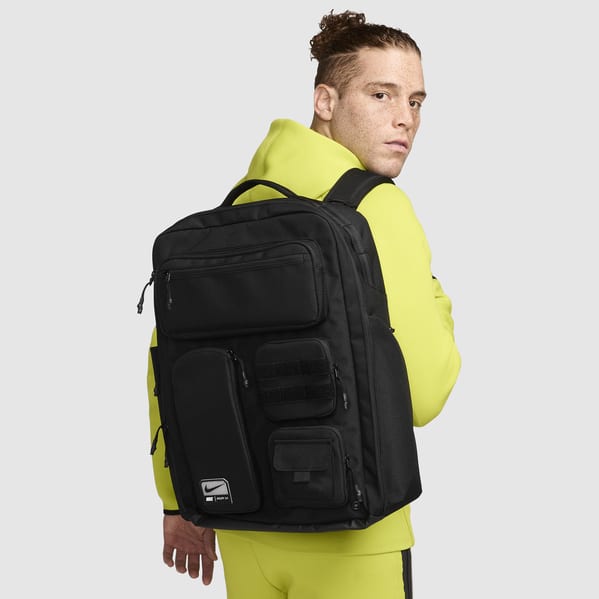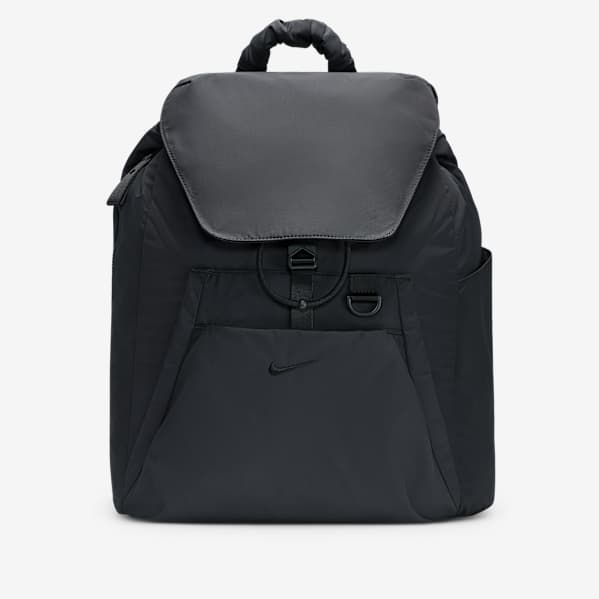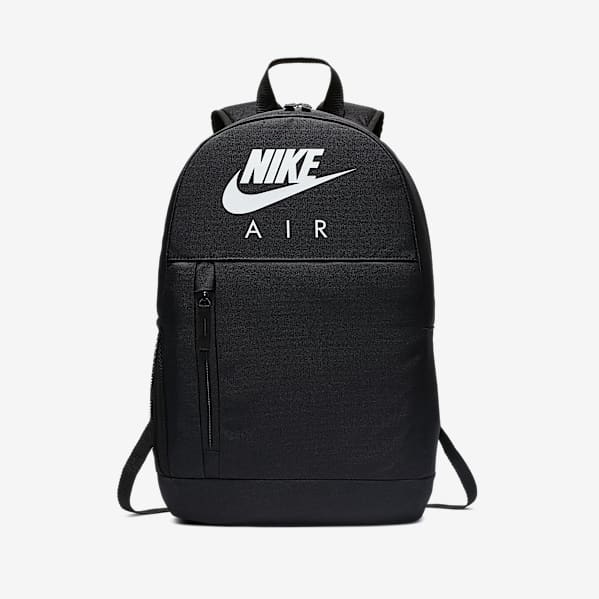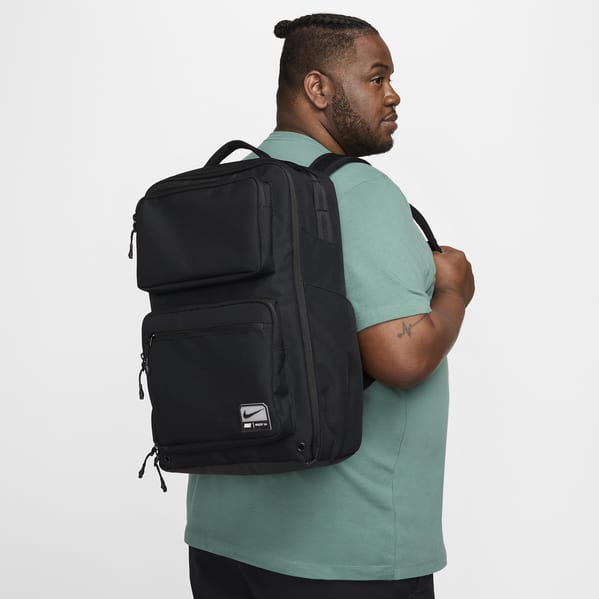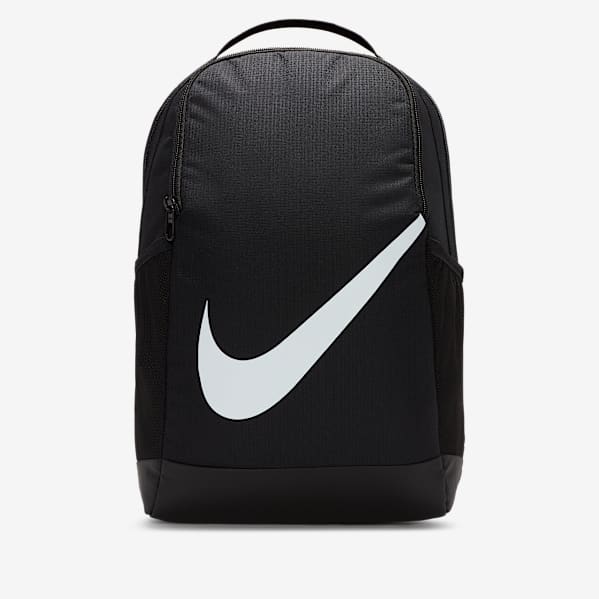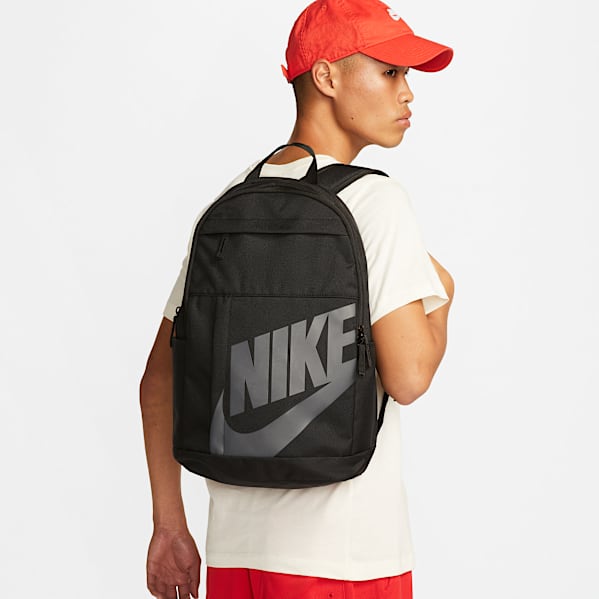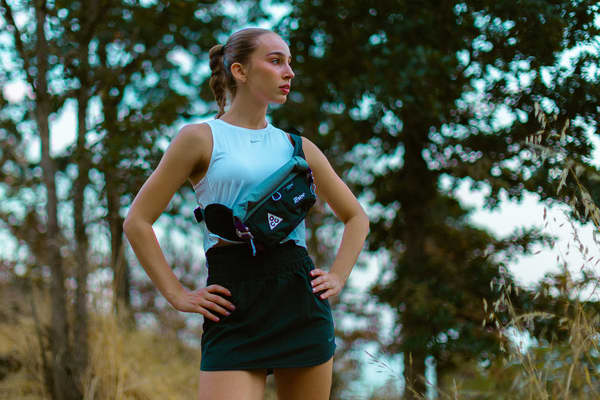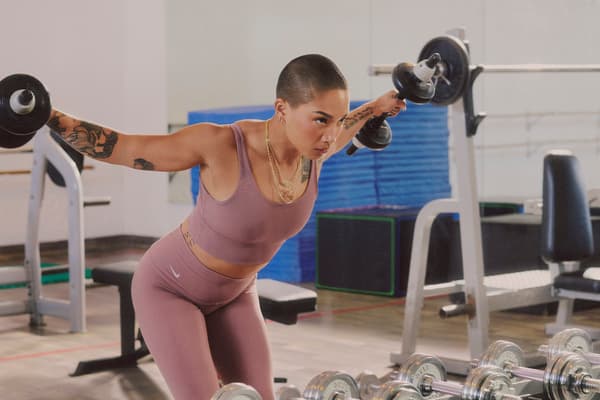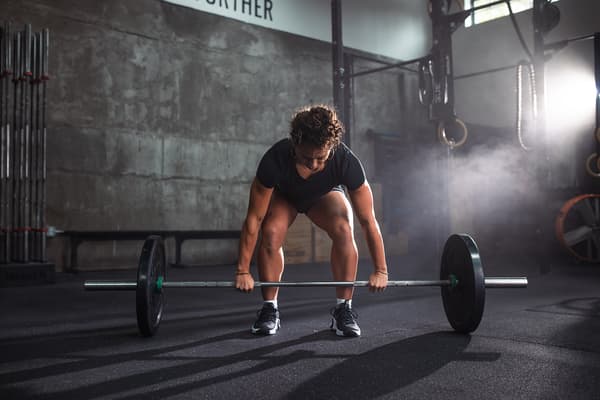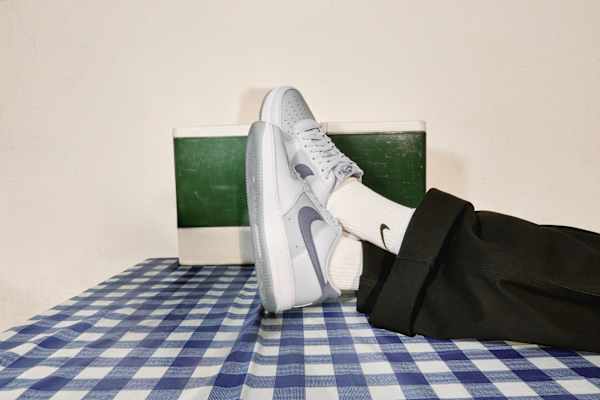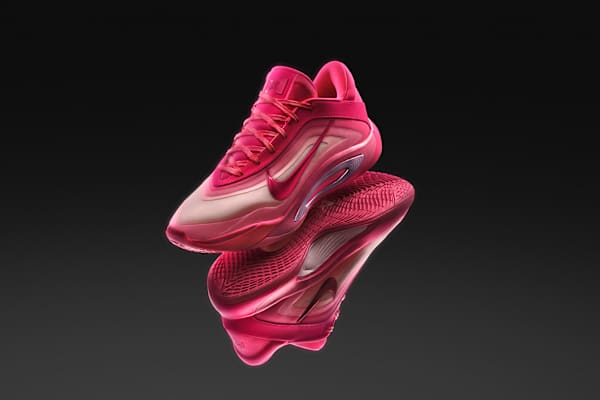Best gym backpacks by Nike
Buying guide
Could your bag make a difference in your workout? Only if you pick the right one.
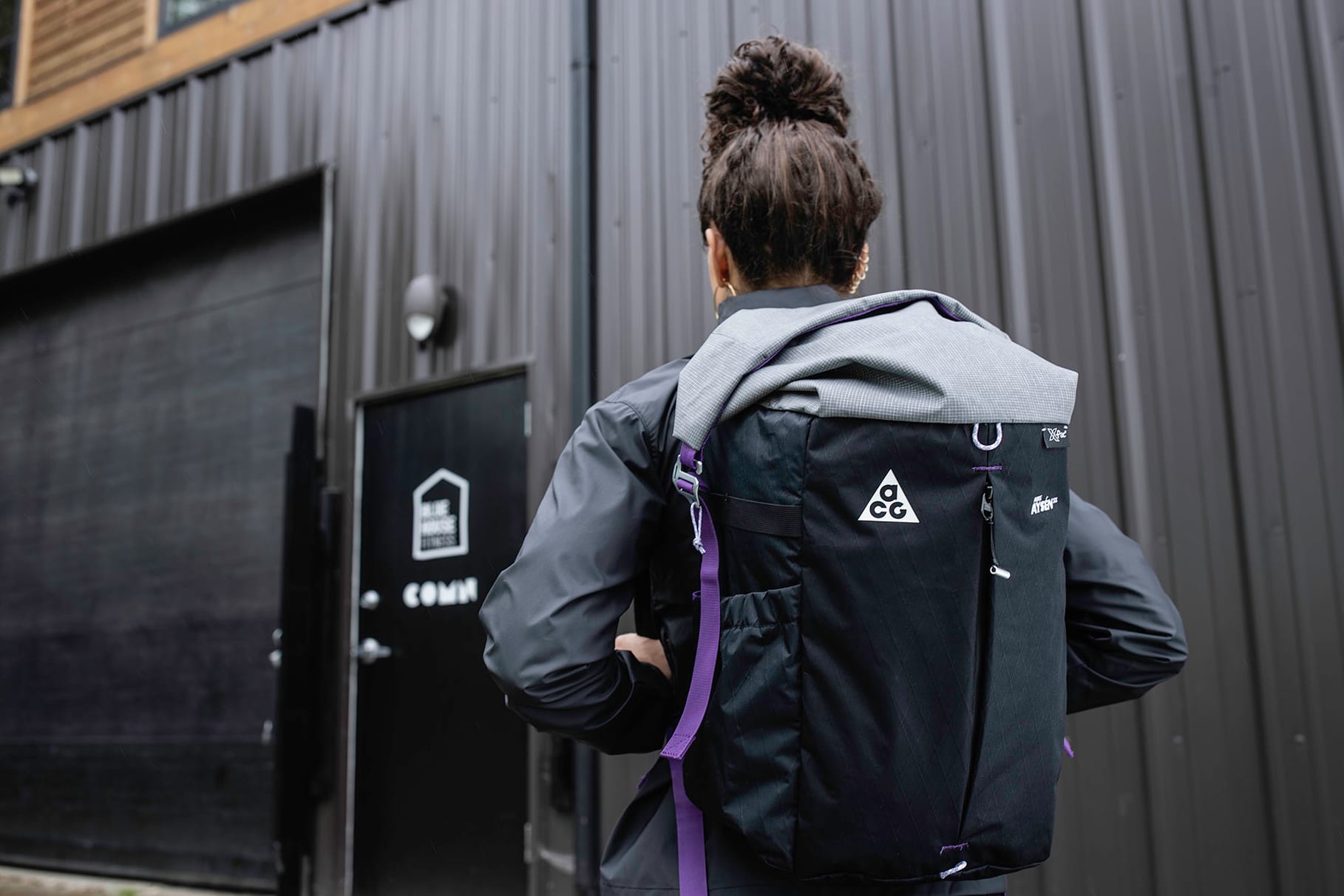
Numerous elements go into generating results from your workouts, whatever exercise you're choosing: consistency, motivation and goal-setting top the list. Another key? Preparation. For that, your prep could be as simple as bringing the right gear along—and choosing the correct bag.
How that's defined will depend on your needs. For example, you might be looking for the best gym backpack for work if you're doing a workout before or after your workday, or you want the best gym backpack for multiple activities, in which case it needs to be roomy. Fit makes a difference, too, so the best gym backpack for men may not feel as comfortable as the best gym backpack for women. Research in the journal Work emphasises that backpacks should be adjustable and the right size for your body to prevent negatively impacting your posture.
Here are some top contenders based on their utility and features—because when you find the right one, it can boost your motivation as well as your preparation, making it an ideal gym buddy.
Best for simplicity: Nike Gym Club Duffel Bag
Let's say you need the essentials and don't want to tote a full-size, bulky duffel bag—that's where the Nike Gym Club Duffel comes in. Sleek and simple but with enough room for shoes, workout clothes, a water bottle and a small towel, you'll have what you need without feeling like you're packing for a holiday.
As a practical gym backpack for men and women, the bag has a zipped front pocket, zipped interior pocket and adjustable shoulder strap. Plus, the material is durable and easy to clean—a major bonus when toting sweaty gym gear.
Best for multiple storage options: Nike Utility Power
For some workouts, it can seem like you have a wardrobe's worth of stuff to keep organised: keys, ID card, wallet, electrolyte powder packs, shoes, deodorant, workout log, headphones, heart-rate monitor and maybe specialised gear like weightlifting gloves or boxing hand wraps. Throwing it all into a single space can lead to rooting around when you could be exercising.
The Nike Utility Power offers a solution. Durable enough to last through plenty of training sessions, it has multiple zipped pockets on both the inside and the exterior—all without seeming bulky.
Best for carrying during a workout: Nike Cross-Body Bag
When you want more space but still plan to carry your bag along, the Nike Cross-Body Bag may be the best choice. Lightweight and with zipped pockets and an adjustable strap, this bag stays close to the body while keeping your must-have items secured.
Best for outdoor training: Nike ACG Aysén
While the Nike cross-body bags are small and lightweight enough for a Long Run, sometimes you need the opposite—a roomy, weather-resistant, durable bag with plenty of room for your gear. When the best gym backpack means a bag that can go rock climbing, kayaking, rafting, mountain biking or anywhere else, consider the Nike ACG Aysén.
Padded foam and mesh panels provide increased airflow on the back when you need to carry this bag on a hike and a side pocket is meant for a water bottle to keep you hydrated easily. The durable yet flexible material extends to the roll top and the interior is spacious enough for all the carabiners, tools and other gear you need for the day.
Best for kids: Nike Brasilia JDI
When workouts are a family outing, making sure kids have the right gear can keep them motivated, too. The Nike Brasilia JDI is considered a mini backpack that is probably smaller than what they take to school.
That makes it ideal for sport adventures, especially since its zip pockets and water-bottle storage keep kids organised. It's also cute enough that if you want to claim it as your own, no judgement.
Best for transition from work to gym: Nike Convertible Nappy Bag
Sure, the Nike Convertible Nappy Bag can absolutely serve parents with little ones with plenty of room for disposable nappies, wipes and bottles. Know what else it can do? Keep your stuff ultra-organised with an insulated pouch that ensures snacks and protein shakes stay fresh. It has an easy-to-clean interior, too.
The bag has both top handles and straps, so it can be toted like a backpack. Its ergonomic design makes it a sleek, even stylish choice for carrying your laptop or work files along with workout gear.
Words by Elizabeth Millard
